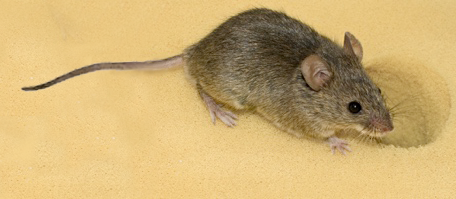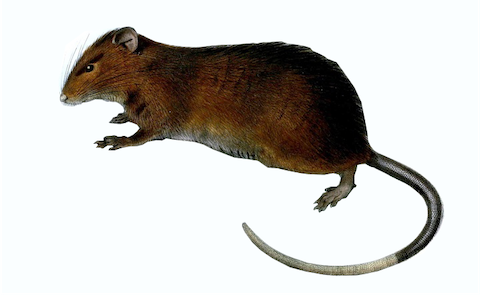Bacterial species-specific modulatory effects on phenotype and function of camel blood leukocytes.
Abstract
BACKGROUND: Recent studies have reported pathogen-species-specific modulating effects on the innate immune system. Escherichia coli, Staphylococcus aureus, and Streptococcus agalactiae are important pathogenic bacteria responsible for different infectious diseases in several animal species. In the present study, a whole blood culture with S. aureus, E. coli, or S. agalactiae and flow cytometry were used to investigate, whether stimulation with different bacterial species induces different immunomodulation patterns in camel leukocytes. The expression of different cell surface myeloid markers and cell adhesion molecules on monocytes and neutrophils was investigated. In addition, the capacity of monocytes and neutrophils to produce reactive oxygen species (ROS) was analyzed. RESULTS: Stimulation with either of the bacterial species resulted in the expansion of the camel CD14highMHCIIhigh monocyte subset with a reduced fraction of CD14highMHCIIlow monocytes. For the CD14lowMHCIIhigh monocytes, however, only stimulation with S. aureus or S. agalactiae increased their fractions in blood. Although all bacterial species elicited the upregulation of cell surface MHC class II molecules on granulocytes, the increase was, however, highest on cells stimulated with S. aureus. The expression levels of the two adhesion molecules, CD11a and CD18, on neutrophils and monocytes were differently affected by bacterial stimulation. Functionally, E. coli failed to stimulate ROS production in monocytes, while induced a strong ROS production response in granulocytes. S. agalactiae elicited a week ROS production in granulocytes when compared to the other two pathogens. CONCLUSIONS: The different responsiveness of monocytes and granulocytes toward different bacterial species indicates different host-pathogen interaction mechanisms for the two cell populations. In addition, the phenotypic and functional differences between cells stimulated with E. coli, S. aureus, or S. agalactiae suggests pathogen-species-specific modulating effects of the bacterial pathogens on the camel innate myeloid cells.
| Authors: | Hussen J, S |
|---|---|
| Journal: | BMC Vet Res;2021Jul12; 17 (1) 241. doi:10.1186/s12917-021-02939-1 |
| Year: | 2021 |
| PubMed: | PMID: 34247606 (Go to PubMed) |


